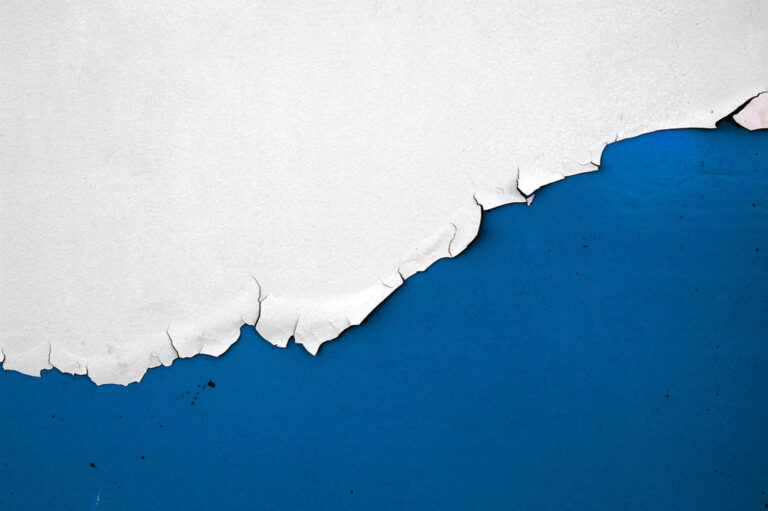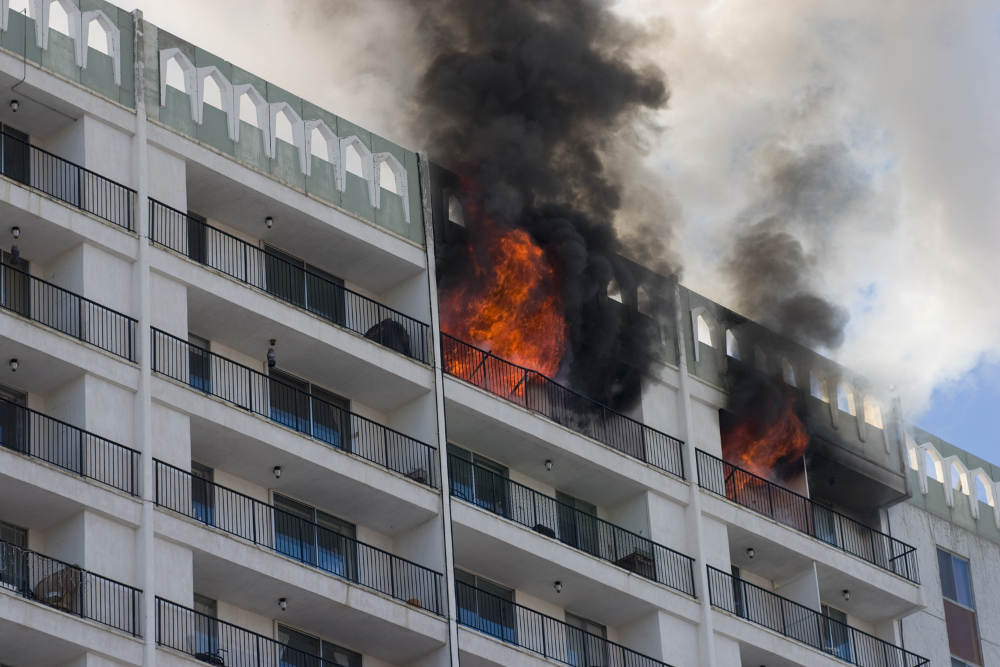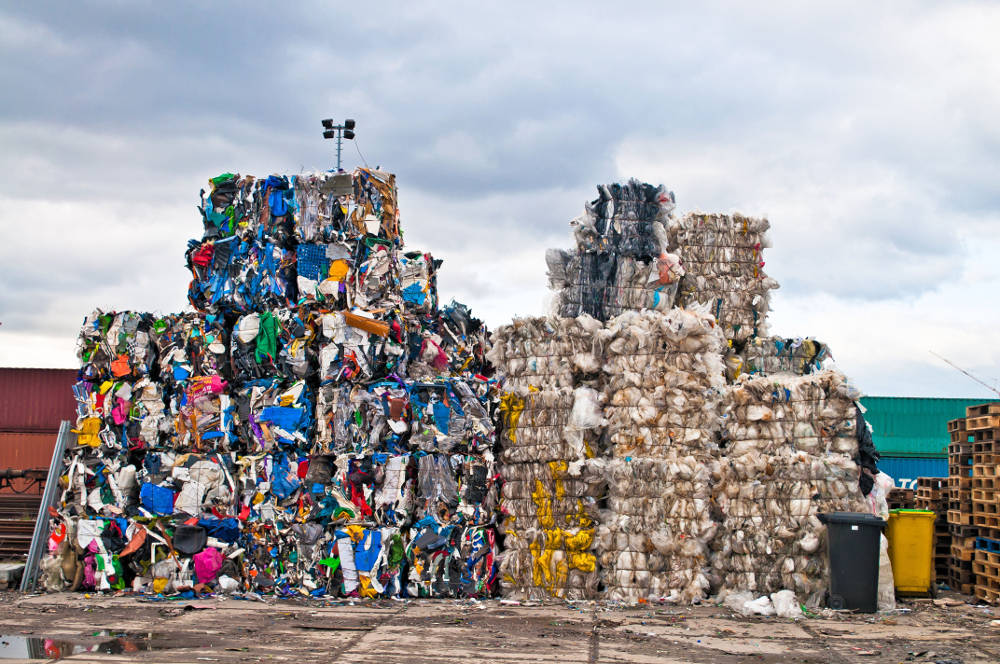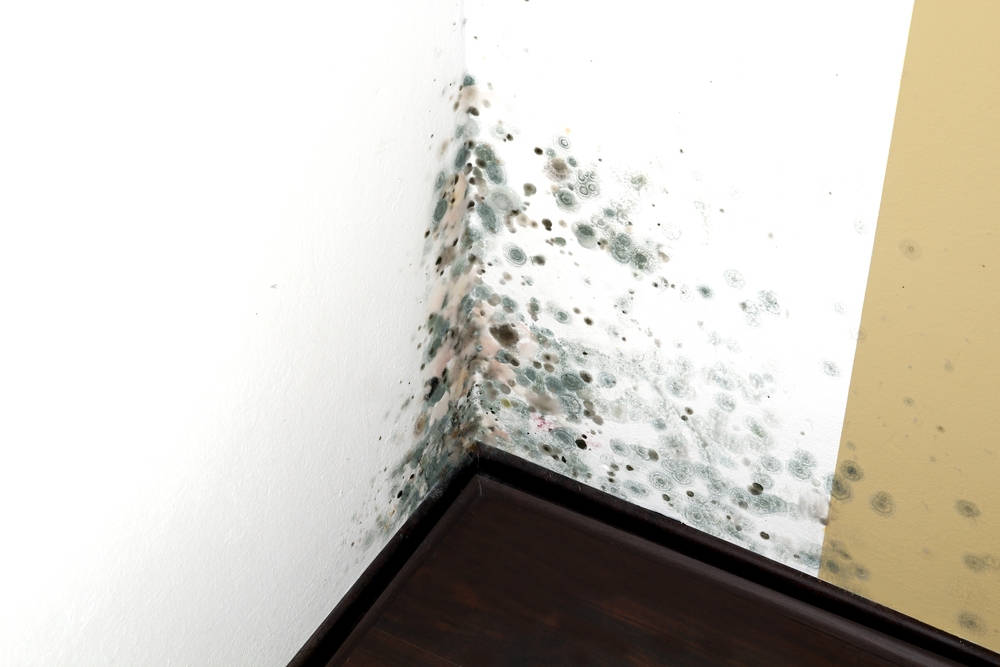Inspection and assessment of lead risks at a property site are not the same things. Inspection for lead hazards is the first step in knowing whether a hazard exists, and assessment is a second step for determining how dangerous the hazard is and what can be done to mitigate the problem.
Inspecting for a Lead Hazard
Inspection for the presence of lead in paint, dust, and the soil surrounding a building must be done by a professional with California State certification and training, according to State law.
This hidden lead becomes a health hazard when there is remodeling or demolition of the building and also if the paint begins to peel or chip with age. Inspecting for the presence of lead-based paints is especially important when purchasing or renting a building where children live and in child-care sites.
Inspection for lead hazards also involves examination of the soil surrounding the building. Often, old paint has been scraped away from the exterior of the building, leaving dust in the surrounding soil. This soil then poses a health hazard for anyone who works in the soil, and it is hazardous for children who play outside the building.
Assessing Lead Hazards
Once an inspection for lead is completed, a certified lead assessment specialist goes further in determining the exact source of the hazard and then developing a plan for lead abatement.
A lead assessment specialist works with the property owner in understanding the level of hazard posed by lead in their building and then in choosing the most cost-effective strategy for solving the problem.





